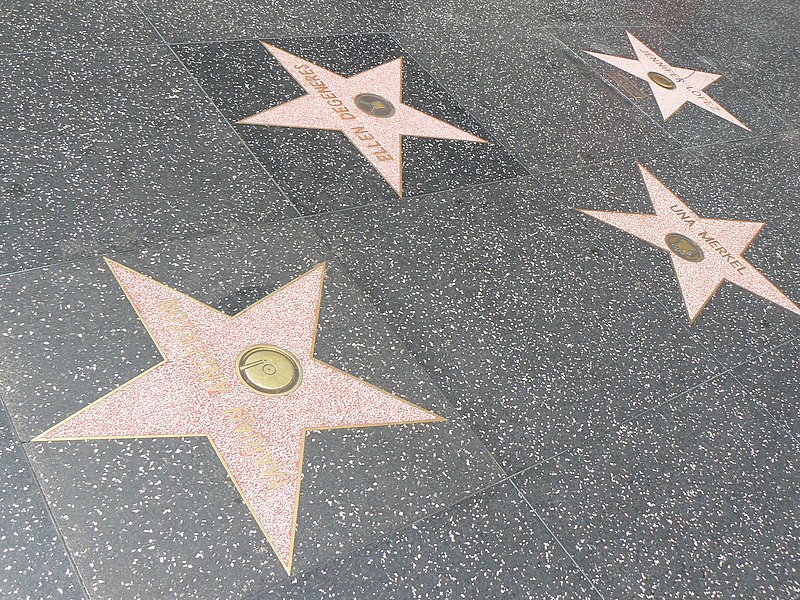Social and political pressure nearly shut down casino gambling in Dade and Broward counties during the late 1940s and early 50s. Organized crime figure Meyer Lansky ran the Colonial Inn, a posh casino in Hallandale Beach, for three short years until the government closed it in 1948. The
high-profile Kefauver Crime Committee hearings, which arose out of concern for the growth of syndicated crime after World War II, ramped up scrutiny of illegal gambling operations in Florida and around the country. It was time for Lansky and friends to look for a more hospitable environment.
high-profile Kefauver Crime Committee hearings, which arose out of concern for the growth of syndicated crime after World War II, ramped up scrutiny of illegal gambling operations in Florida and around the country. It was time for Lansky and friends to look for a more hospitable environment.
Lansky had gambling interests in Las Vegas, where state law prohibited operators of gambling concessions from simultaneously running another casino. That included Havana, so Lansky tapped others, including businessmen Harry and Ben Smith, as owners/stockholders. A cadre of individuals listed as operators of the Havana Riviera was surreptitiously headed by Lansky.
Valued between $12 and $15 million, Hotel Havana Riviera was the first large hotel and casino to be constructed since the Gran Casino Nacional27 years prior. With gold-plated slot machines and other amenities, the hotel opened December 10, 1957 with a floor show that included Ginger Rogers and an audience comprised of American press, and television and Hollywood celebs. On Jan. 19, 1958 TV personality Steve Allen broadcast (NBC) from the Riviera with transmission made possible with new technology, the “over-the-horizon microwave system.”
It wasn’t long before the Cuban tide of fortune changed for Lansky and his associates. A violent storm that shattered windows and flooded the lobby of Hotel Havana Riviera on Jan. 4, 1958 foreshadowed the downturn. The growing July 26 movement, launched by lawyer and rebel Fidel Castro in 1953, was gaining momentum. By 1958 U.S. support for Batista waned after his army was routed by rebels. The breakdown of Cuba’s air force soon followed as did Castro’s repatriation from Mexico, Jan. 1, 1959. Batista, purse heavy with state money, left quickly for the Dominican Republic.
The casino at the Riviera, looted as others were during the coup, was closed by Castro within days. Lansky arrived in Miami from Cuba on Jan. 7, hopeful that the new leader would soon change his mind. He told reporters that hotel employees were about to ask the government to reopen the casinos to save their jobs. Lansky returned and Castro reopened casinos (only to non-Cubans) on Jan. 18, welcoming U.S. tourists to his “beautiful land of happy people.”
Summary trials and executions by firing squads were the order of the day with support of many. In late January, a group of mothers whose sons had reportedly been killed by Batista met with 300 members of the international press in the lobby of the Riviera. Trials and executions continued, people fled to Florida and relations with the U.S. deteriorated. In May, Lansky’s brother Jake and colleague Dino Cellino who also worked at the casino, were detained 25 days in the Tiscornia Emigration Station. They were released, according to the Cubans, when they had word the two were not wanted by the U.S. government.
Hotel Havana Riviera lost an estimated $7 million by the time Castro seized the hotel and outlawed all casinos in 1960. Cuba anticipated a U.S. invasion. A bomb went off at the Hotel Havana Riviera Oct. 31, 1960, destroying a room and furnishings on the 12thfloor. The hotel was nationalized, the mob left, and gambling prospered in Las Vegas, the real land of happy people.
Today, Havana Riviera remains a popular, if not luxurious hotel, with rooms selling for less than $100. It is recommended to business travelers and honeymooners, an odd juxtaposition of guests.
Sources:
Miami News, Jul. 21, 1957
Miami News, Dec. 1, 1957
Milwaukee Sentinel, Dec. 12, 1957
The New York Times, Jan. 4, 1958
The New York Times, Jan. 2, 1959
Ocala Star Banner, Jan. 8, 1959
The New York Times, Jan. 18, 1959
The New York Times, Jan. 25, 1959
The New York Times, May 31, 1959
The New York Times, Oct. 31, 1960















